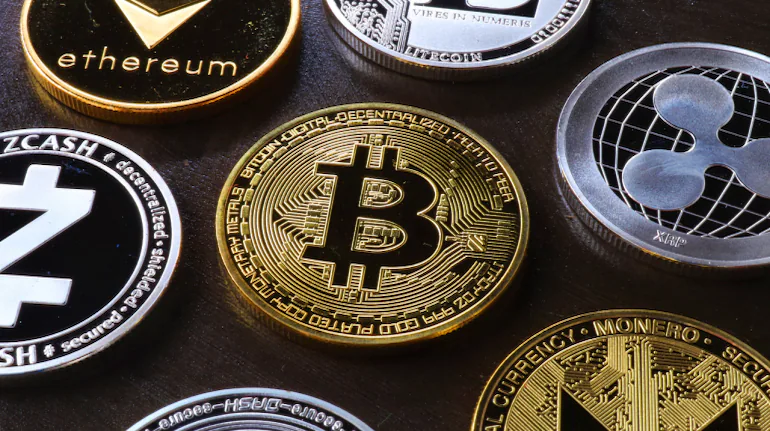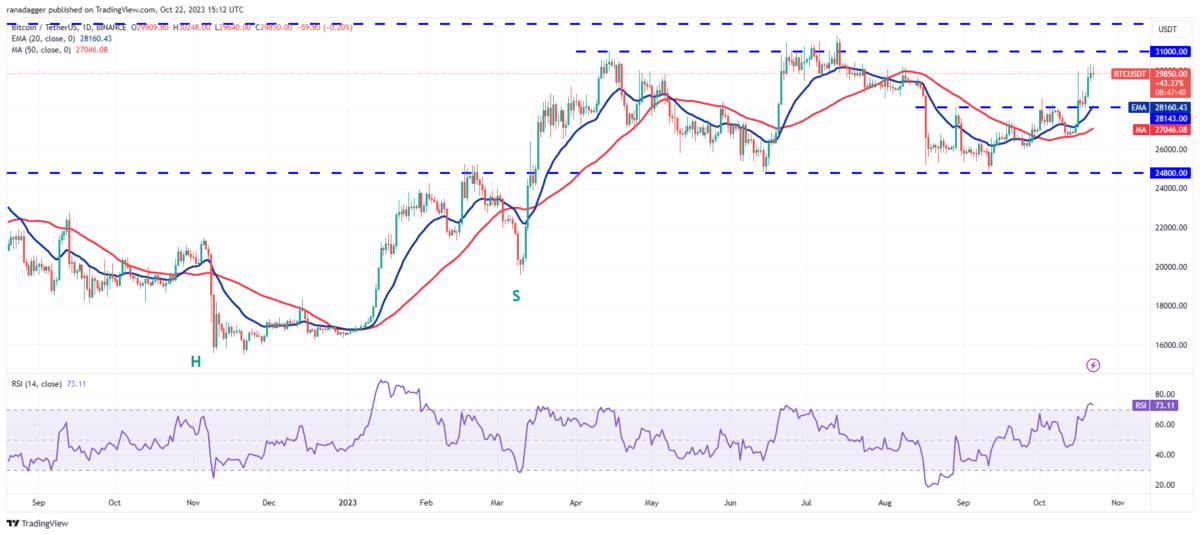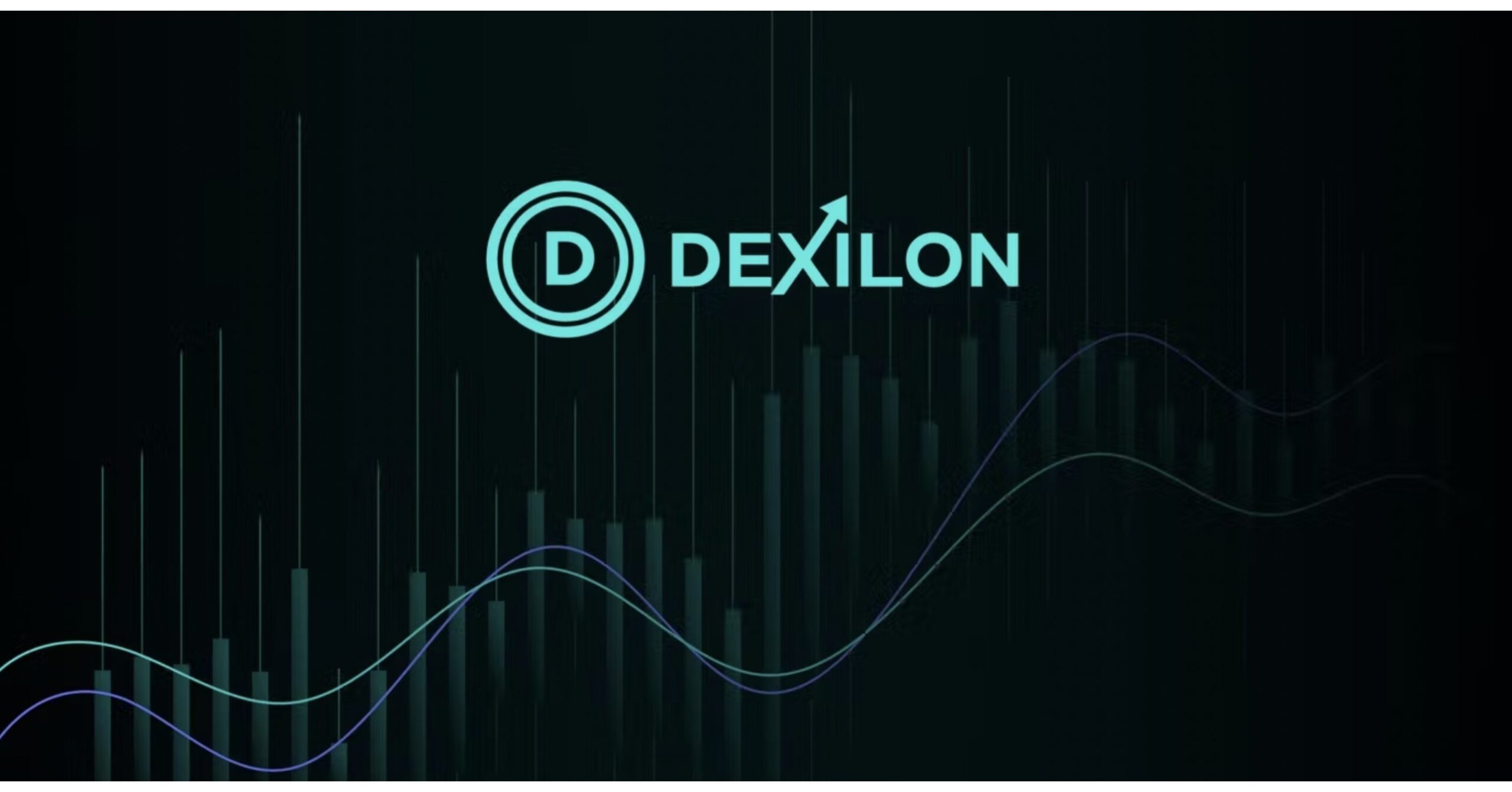MONTANA PASSES BILL PROTECTING BITCOIN MINING FROM UNDUE REQUIREMENTS
The world of cryptocurrency is ever-evolving, with Bitcoin Mining standing as the pioneer and flag- bearer of this digital revolution.

The world of cryptocurrency is ever-evolving, with Bitcoin Mining standing as the pioneer and flag- bearer of this digital revolution. Every four years, Bitcoin experiences a significant event known as the ?halving,? a phenomenon that reduces the rate at which new Bitcoins are generated. As we stand one year away from the next Bitcoin halving, it?s an opportune moment to analyze holder dynamics and understand how this event impacts the cryptocurrency landscape.
In this blog post, we will delve into the upcoming Bitcoin halving, its historical significance, the role of Bitcoin holders, and the potential implications for the future of cryptocurrency mining.
Understanding Bitcoin Mining Halving
To comprehend the significance of the Bitcoin halving, we must first understand how Bitcoin operates. Unlike traditional currencies, Bitcoin is not controlled by a central authority like a government or a central bank. Instead, it relies on a decentralized network of miners who validate transactions and add them to the blockchain, a public ledger.
Bitcoin miners are rewarded for their efforts with newly created Bitcoins and transaction fees. However, to maintain scarcity and control inflation, the Bitcoin protocol is designed to halve the mining reward approximately every four years. This event is known as the ?halving.?
The first Bitcoin halving occurred in November 2012 when the mining reward was reduced from 50 BTC to 25 BTC per block. The second halving took place in July 2016, reducing the reward to 12.5 BTC. The most recent halving occurred in May 2020, reducing the reward to 6.25 BTC.
Now, we are approaching the next Bitcoin halving, scheduled for [Insert Date]. This event will reduce the mining reward to 3.125 BTC per block. As the supply of new Bitcoins diminishes, it has significant implications for holders and the cryptocurrency market as a whole.
Historical Impact of Halving on Bitcoin Mining Price
One of the most closely observed consequences of Bitcoin halvings is their impact on the price of the crypto mining calculator. Historical data suggests that each halving event has led to a surge in the price of Bitcoin. This is often attributed to the reduced supply of new coins entering the market, leading to increased scarcity.
Here?s a brief overview of the price performance following previous halvings:
- 2012 Halving: After the first halving, Bitcoin?s price saw significant growth, reaching an all-time high of around $1,000 in late 2013.
- 2016 Halving: The second halving also triggered a bull market, with Bitcoin?s price surging to nearly $20,000 by December 2017.
- 2020 Halving: The most recent halving in 2020 was followed by a remarkable price increase, propelling Bitcoin to a new all-time high of over $60,000 in early 2021.
These historical trends suggest that Bitcoin?s price tends to rise in the aftermath of a halving event. However, it?s essential to note that past performance is not indicative of future results, and the crypto mining sites market is notoriously volatile.
Holder Dynamics: Who Are Bitcoin Mining Holders?
To understand the dynamics leading up to the Bitcoin halving, it?s crucial to examine the various types of Bitcoin holders:
- Retail Investors: These are individual investors who purchase Bitcoin for various reasons, including speculation, long-term investment, and as a store of value.
- Institutional Investors: Over the past few years, institutions such as hedge funds, asset management firms, and publicly-traded companies have increasingly shown interest in Bitcoin as an asset class.
- Miners: Bitcoin miners, who validate transactions and secure the network, accumulate Bitcoin through their mining activities.
- Whales: Large Bitcoin holders, often referred to as ?whales,? can significantly impact the market due to their ability to buy or sell substantial amounts of Bitcoin at once.
- Day Traders: These are individuals who actively trade Bitcoin in the short term, seeking to profit from price fluctuations.
As we approach the next Bitcoin halving, each of these holder categories will play a unique role in shaping the cryptocoin mining rig landscape.
Holder Strategies Leading Up to Halving
Leading up to a Bitcoin halving, holders often adopt various strategies to capitalize on the event:
- Accumulation: Some long-term investors accumulate more Bitcoin in anticipation of a potential price surge following the halving. They believe that reduced supply will drive up demand and prices.
- HODLing: ?HODL? is a term derived from a misspelled ?hold,? which signifies the strategy of holding onto Bitcoin regardless of market fluctuations. Many investors choose to HODL through the halving and beyond.
- Speculation: Traders and speculators may enter the market to capitalize on price volatility leading up to and immediately after the halving. This can lead to short-term price fluctuations.
- Mining Adjustments: Bitcoin miners need to adjust their operations as the mining reward decreases. Some miners may exit the market, while others with efficient operations will continue mining.
- Institutional Interest: Institutional investors may increase their Bitcoin holdings leading up to the halving as they see Bitcoin as a hedge against economic uncertainty.
Potential Implications of the Next Halving
As we look forward to the next Bitcoin halving, several potential implications and scenarios can unfold:
- Price Volatility: The period surrounding the halving is often characterized by increased price volatility. Traders and speculators may take advantage of price swings.
- Institutional Investment: Continued interest from institutional investors could further legitimize Bitcoin as a mainstream asset class.
- Mining Consolidation: Smaller miners may struggle to remain profitable with reduced rewards, potentially leading to further consolidation in the mining industry.
- Retail Adoption: The anticipation of a price increase could drive more retail investors into the market, seeking to profit from the halving event.
- Increased Awareness: The Bitcoin halving typically garners significant media attention, which can raise awareness and interest in cryptocurrency.
In conclusion, the Bitcoin halving is a momentous event in the world of crypto mining apps, marked by reduced mining rewards and potential price surges. Holders of Bitcoin, whether retail, institutional, or otherwise, play a crucial role in shaping the market dynamics leading up to and following the halving. While historical data suggests a positive price impact, the cryptocurrency market remains unpredictable, and caution should always be exercised.
As we stand one year away from the next Bitcoin halving, the crypto community eagerly awaits to see how this event will unfold and what it will mean for the future of digital currency. Whether you?re a long-term HODLer, an active trader, or just a curious observer, the Bitcoin halving is an event worth keeping a close eye on as it continues to shape the evolving landscape of cryptocurrency.
What's Your Reaction?
















